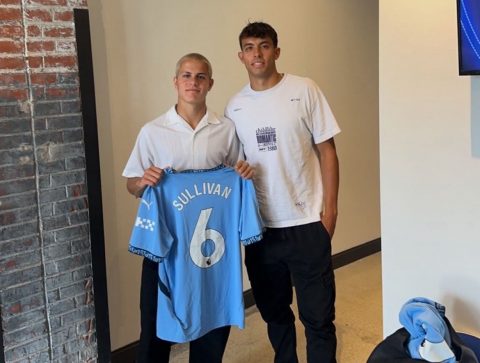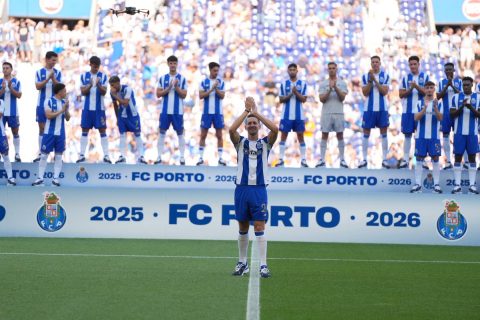Trevor Foster’s illustrious career in motorsport has spanned multiple decades and roles, making him a seasoned veteran of the racing world. From his early days as a humble mechanic to becoming Michael Schumacher’s first engineer in Formula 1, Foster has worn many hats. His journey includes running his own single-seater outfit, team management, and even driver management for future stars like Jamie Green.
A Storied Journey Through Motorsport
Foster’s two spells in Formula 1 with Jordan, coupled with stints at illustrious teams like Shadow, Tyrrell, and Lotus, alongside achievements at Le Mans and in Formula Ford, have equipped him with a wealth of experience. Yet, even at the age of 72, managing his Pegasus Classic Engineering venture, he remains eager to learn and adapt.
The Humble Beginnings
Born in Leicester, Foster’s fascination with motorsport began with motorcycle racing. He cut his teeth working on John Whale’s racing Minis as an apprentice. In the 1960s, opportunities in racing were far fewer than today, but Foster seized what came his way.
His journey continued with Bob Gerard’s outfit, followed by a pivotal opportunity with Tom Wheatcroft. Unfortunately, this alliance was curtailed by the tragic death of Roger Williamson at the Dutch Grand Prix in 1973.
The Shadow and Tyrrell Years
Foster’s next significant chapter began at Shadow in Formula 1. Under chief mechanic Peter Kerr, Foster learned invaluable lessons in problem-solving and car preparation. Kerr taught him to delve into issues rather than dismiss them, an approach Foster carried throughout his career.
At Tyrrell, and later at March’s works F2 squad, Foster honed his technical prowess. Mechanics in those days had to master multiple aspects of the car, from gearboxes to uprights, understanding every component intimately.
The Importance of Detail
Foster credits Kerr for instilling in him the mantra that meticulous car preparation leads to success. Unlike today’s sophisticated hybrid-powered machines, the DFV-powered F1 cars of Foster’s early career were simplistic, and teams relied less on technology and more on technical know-how.
Entrepreneurial Ventures
Foster’s entrepreneurial journey began almost by chance. After Tyrrell, he dabbled in historic car restoration with Graypaul Motors before embracing the entrepreneurial challenges of running his motorsport operation. This led him to work with prestigious clients and grow his reputation within the industry.
Despite his many roles and contributions, Foster’s journey exemplifies the importance of being both a learner and a teacher. His adaptability and openness to new ideas continue to impact the racing world positively.
Foster’s career stands as a testament to the diversity and dynamism of motorsport, encouraging the next generation of engineers to embrace learning at every step. With a career that has touched nearly every facet of racing, Foster’s legacy is one of passion, dedication, and relentless pursuit of excellence.









